Cooperative Community Building – One Community Weekly Progress Update #244
Cooperative community building is one path to spreading and evolving sustainability. We think the ultimate expression of this is cooperative communities that incorporate, open-source share, and invite people to participate in sustainable approaches to the foundations of food, energy, and housing while also including sustainable and open source approaches to education, economics, social architecture, fulfilled living, and global stewardship practices too. With the goal for a positive and permanent shift to global sustainability, One Community calls this living and creating for The Highest Good of All.
- Here’s our project overview
- Here’s our world-change methodology
- Here’s how this becomes self-replicating
- Here’s how we are open source and free-sharing all the do-it-yourself designs
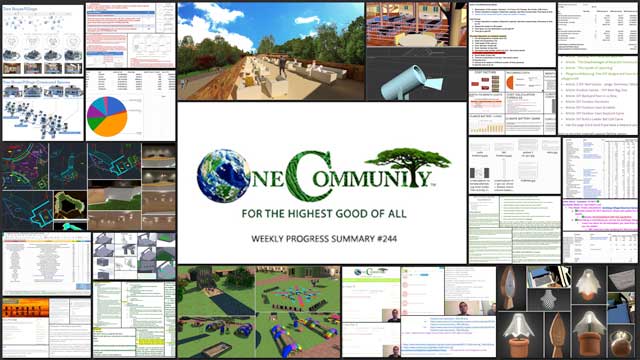
OUR MAIN OPEN SOURCE HUBS
Click on each icon to be taken to the corresponding Highest Good hub page.
One Community’s physical location will forward this movement for cooperative community building as the first of many self-replicating teacher/demonstration communities, villages, and cities to be built around the world. This is the November 26th, 2017 edition (#244) of our weekly progress update detailing our team’s development and accomplishments:
Cooperative Community Building
One Community Progress Update #244
Here is the bullet-point list of this last week’s design and progress discussed in detail in the video above:
COOPERATIVE COMMUNITY BUILDING INTRO: @0:34
COOPERATIVE COMMUNITY BUILDING HIGHEST GOOD HOUSING: @6:40
- Continued Sketchup design for the open source outdoor areas of the Recycled Materials Village (see below)
- Added the outdoor resources we found to the Recycled Materials Village resources section (see below)
- Updated the Earthbag Village Materials & Cost Analysis page (see below)
- Continued work on the Tree House Village web graphics, creating these final graphics with the correct locations of the various buildings (see below)
- Sangam Stanczak researched and contacted companies for the hardware we’ll be using to sterilize the greywater from the Communal Eco-showers (see below)
- Christian Ojeda continued developing the Vermiculture toilet chamber designs (see below)
- Dean Scholz continued helping us create quality Cob Village renders
- Jagannathan Shankar Mahadevan continued work on the Compressed Earth Block Village Materials Cost Analysis (see below)
- Dan Alleck completed his 8th week working on the Compressed Earth Block Village render additions (see below)
- Samantha Robinson completed her 16th week working on the interior renders for the living structures in the Tree House Village (see below)
COOPERATIVE COMMUNITY BUILDING DUPLICABLE CITY CENTER: @9:18
- Haoxuan “Hayes” Lei continued work on the City Center structural engineering tutorial (see below)
- David Olivero completed his 2nd week helping with the HVAC Designs for the Duplicable City Center (see below)
- Falgun Patel continued the analysis process for updating the Highest Good energy page (see below)
- Dipti Dhondarkar continued with her 58th week of work on the lighting specifics for the City Center (see below)
- Satish Ravindran completed his 2nd week helping with the LEED lighting specifics for the City Center (see below)
- Aravind Vasudevan made 4th-generation edits to the Climate Battery Cost Analysis (see below)
COOPERATIVE COMMUNITY BUILDING HIGHEST GOOD FOOD: @11:19
- Continued work on the Food Self-sufficiency Transition Plan pages (see below)
COOPERATIVE COMMUNITY BUILDING HIGHEST GOOD EDUCATION: @11:49
- Continued adding to the education Evaluation and Evolution process open source pages and tutorials (see below)
COOPERATIVE COMMUNITY BUILDING HIGHEST GOOD SOCIETY: @12:23
- Ashwin Patil and the core team continued working on the search engines for the website (see below)
- Jagannathan Shankar Mahadevan continued working on the climate battery designs and research (see below)
COOPERATIVE COMMUNITY BUILDING COOPERATIVE COMMUNITY BUILDING SUMMARY: @13:10
-
-
- How you can most help us right now and how anyone can help
-
CLICK HERE IF YOU’D LIKE TO RECEIVE AN EMAIL EACH WEEK WHEN WE RELEASE A NEW UPDATE
YOU CAN ALSO JOIN US THROUGH SOCIAL MEDIA
ONE COMMUNITY WEEKLY UPDATE DETAILS
COOPERATIVE COMMUNITY BUILDING: HIGHEST GOOD HOUSING PROGRESS
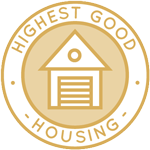 One Community is creating cooperative community building through Highest Good housing that is artistic and beautiful, more affordable, more space efficient, lasts longer, DIY buildable, and constructed with healthy and sustainable materials:
One Community is creating cooperative community building through Highest Good housing that is artistic and beautiful, more affordable, more space efficient, lasts longer, DIY buildable, and constructed with healthy and sustainable materials:
-
-
- Learn about: Our Upcoming Crowdfunding Campaign
- Learn about cooperative community building with different village models: 7 Sustainable Village Models
- Visit the open source portals for the first two: Earthbag Village OS Hub | Straw Bale Village OS Hub
-
The core team continued Sketchup design for the open source outdoor areas of the Recycled Materials Village (Pod 6). This week we lowered the Horse Shoe game send box, designed the Scrabble game, and completed the Kerplunk game. You can see all of these shown here.
Related to this, we also we added the outdoor resources we found to the Recycled Materials Village (Pod 6) resources section.
The core team also started working on the Earthbag Village Materials & Cost Analysis page. The 1 dome, 3-dome cluster, the Murphy bed, and the vermiculture toilet and accessories have all been imported into the new Google spreadsheet contributing towards cooperative community building. The prices were checked for accuracy and the links were updated and checked as well.
In addition, the core team continued work on the Tree House Village (Pod 7) web graphics, creating these final graphics with the correct locations of the various buildings.
Sangam Stanczak (Ph.D. and P.E.) researched and contacted companies for the hardware we’ll be using to sterilize the greywater from the Communal Eco-showers. You can see some of the related notes and details here.
Christian Ojeda (Mechatronic Engineer) completed his 29th week volunteering with our team. This week’s focus was further developing the Vermiculture toilet chamber designs, continuing to improve last week’s designs for the emptying the chamber with pulleys and a winch contributing towards cooperative community building.
Dean Scholz (Architectural Designer) continued helping us create quality Cob Village (Pod 3) renders. Here is update 91 of Dean’s work, this week’s focus was working on the stage areas and lights that will illuminate the stages.
Jagannathan Shankar Mahadevan (Mechanical Engineer) completed his 10th week volunteering. This week’s focus was continuing work on the Compressed Earth Block Village Materials Cost Analysis by creating the spreadsheet you see here that calculates how many earth blocks we’ll need.
Dan Alleck (Designer and Illustrator) completed his 8th week working on the Compressed Earth Block Village render additions. This week he finished adding people and other nature elements to this rooftop render looking East.
Samantha Robinson (Graphic Designer) completed her 16th week working on the interior renders for the living structures in the Tree House Village (Pod 7). This week’s focus, as shown here, was final unwrapping and texturing of the lamps, clock, and rug.
COOPERATIVE COMMUNITY BUILDING: DUPLICABLE CITY CENTER PROGRESS
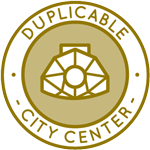 One Community is creating cooperative community building through a Duplicable and Sustainable City Center that is LEED Platinum certified/Sustainable, can feed 200 people at a time, provide laundry for over 300 people, is beautiful, spacious, and saves resources, money, and space:
One Community is creating cooperative community building through a Duplicable and Sustainable City Center that is LEED Platinum certified/Sustainable, can feed 200 people at a time, provide laundry for over 300 people, is beautiful, spacious, and saves resources, money, and space:
-
-
- Learn about this building and it’s function as a part of cooperative community building: Duplicable City Center Open Source Hub
-
Haoxuan “Hayes” Lei (Structural Engineer) continued work on the City Center structural engineering tutorial. What you see here is his 8th week of writing content. This week’s content focus was adding more details to the snow load section for cooperative community building, as seen here.
David Olivero (Mechanical Engineer & Data Scientist) completed his 2nd week helping with the HVAC Designs for the Duplicable City Center. This week’s focus, as shown here, was Rough estimates of thermal mass in the structure, without accounting for insulation and adding the heat capacity data to the FEA basement spreadsheet.
Falgun Patel (Mechanical Engineer) completed his 13th week volunteering with the team. This week’s focus was continuing the analysis process for updating the Highest Good energy page with more additions to the City Center Kitchen equipment list and beginning complete details for the Earthbag Village, both of which you can see here.
Dipti Dhondarkar, (Electrical Engineer) continued with her 58th week of work on the lighting specifics for the City Center. This week’s focus was continuing the process of modeling the 2nd floor mezzanine level in Dialux and more updates to the lighting zones in AutoCAD.
Satish Ravindran (Senior Mechanical and Industrial Engineer) also completed his 2nd week helping with the LEED lighting specifics for the City Center. This week’s focus was researching and writing the LEED content shown here.
Aravind Vasudevan (Mechanical Engineer) continued his calculations and research for climate battery component of the City Center Heating and Cooling open source hub. This week’s focus was 4th-generation edits to the Climate Battery Cost Analysis contributing for cooperative community building. You can see here some of the edited and updated pages.
COOPERATIVE COMMUNITY BUILDING: HIGHEST GOOD FOOD PROGRESS
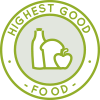 One Community is creating cooperative community building through Highest Good food that is more diverse, more nutritious, locally grown and sustainable, and part of our open source botanical garden model to support and share bio-diversity:
One Community is creating cooperative community building through Highest Good food that is more diverse, more nutritious, locally grown and sustainable, and part of our open source botanical garden model to support and share bio-diversity:
-
-
- Learn about the structures for cooperative community building: Hoop House Hub | Aquapini & Walipini Open Source Hub
- See what we’ll be growing for cooperative community building: Gardens & Hoop Houses | Large-scale Structures | Food Forest | TA
-
This week, the core team continued work on the Food Self-sufficiency Transition Plan pages, including preparing the macronutrient ratio data for the food calculations, as you see here.
COOPERATIVE COMMUNITY BUILDING: HIGHEST GOOD EDUCATION PROGRESS
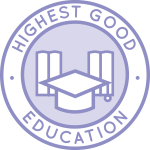 One Community is creating cooperative community building through Highest Good education that is for all ages, applicable in any environment, adaptable to individual needs, far exceeds traditional education standards, and more fun for both the teachers and the students:
One Community is creating cooperative community building through Highest Good education that is for all ages, applicable in any environment, adaptable to individual needs, far exceeds traditional education standards, and more fun for both the teachers and the students:
-
-
- Learn about the components for cooperative community building: Education open source hub
- Learn how the components work together for cooperative community building: How to use the Education for Life Program
-
This last week the core team continued adding to the education Evaluation and Evolution process open source pages and tutorials. This week we created the formatting and began entering the content for the Transference of Knowledge page, as you can see here.
COOPERATIVE COMMUNITY BUILDING: HIGHEST GOOD SOCIETY PROGRESS
 One Community is creating cooperative community building through a Highest Good society approach to living that is founded on fulfilled living, the study of meeting human needs, Community, and making a difference in the world:
One Community is creating cooperative community building through a Highest Good society approach to living that is founded on fulfilled living, the study of meeting human needs, Community, and making a difference in the world:
-
-
- Read the Highest Good society overview: Highest Good Society
- Learn about the model for fulfilled living and sharing: A Day in the Life
- Learn about the 4 economic models: RBE | For-profit | Non-profit | Entrepreneurship
- Learn about our open source community collaboration and management software: The Highest Good Network
-
This last week the core team and Ashwin Patil (Web Developer) continued working on the search engines for the website. This week we created a video tutorial for teaching people how to edit the search engines. You can see screenshots here from the video.
Jagannathan Shankar Mahadevan (Mechanical Engineer) also continued working on the climate battery designs and research. What you see here is the updated spreadsheet he’s creating to calculate how much heat is stored in the battery at any time we wish to analyze during the year contributing for cooperative community building.
AND WE PRODUCED THIS WEEKLY UPDATES BLOG – CLICK HERE TO SUBSCRIBE
FOLLOW ONE COMMUNITY’S PROGRESS (click icons for our pages)
INVESTOR PAGES
GET INVOLVED
CONSULTANTS ● WAYS ANYONE CAN HELP ● MEMBERSHIP
CLICK HERE FOR ALL PAST UPDATES
WHAT ONE COMMUNITY IS CREATING
One Community is creating a place to grow together and change the world together by contributing towards cooperative community building. We are creating a space that helps each other live in integrity with each other and the planet as we strive to be the greatest versions of ourselves. We do this by harmoniously respecting each other, nature, and the rest of our one shared planet.
Our goal is to demonstrate what we feel is the most sustainable, healthy, and fun environment we can create. A place based on compassion, kindness, and collaboration. This replicable community will serve as an example for what is possible.
Throughout our design process we are open sourcing and free-sharing everything needed for construction and replication for cooperative community building. This includes what we call “Highest Good” approaches to food, energy, housing, education, for-profit and non-profit economics design, social architecture, fulfilled living, stewardship practices and more. We are creating these resources for implementation as individual components or complete developments called teacher/demonstration hubs. These hubs will help launch additional hubs as awareness and knowledge grow.
BUILDING THE FIRST OF MANY
One Community will be the first teacher/demonstration hub for cooperative community building. It will function as an experiential-learning model that facilitates mass participation to address humanity’s most pressing challenges through: A replicable model for expansion, building seven self-sufficient village/city prototypes, becoming the world leader in open-source sustainability solutions, and evolving and expanding ALL aspects of sustainable living.
WHY ONE COMMUNITY IS CREATING THIS
The One Community self-replicating model is capable of creating a sustainable planet within 30 years by contributing towards cooperative community building. We will achieve this by establishing successful teacher/demonstration hubs on every continent. Villages include designs appropriate for each of the five main types of climates. They also include options for even the most challenged economies. These hubs will collaborate with one another, share ideas, resources, and work together as a network to heal the planet. They will also transform the global lifestyle to a more enjoyable, fulfilling, healthy, and sustainable one.
The specifics of how One Community is accomplishing this can be found on the One Community Solution Model to Create Solution-creating Models Page. Research supporting and showing the benefits of a model like this can be found on our Research and Resources Articles Archive.
Even if we don’t achieve our ultimate goal of global transformation, a self-replicating teacher/demonstration model like this will take a relatively short period of time to positively affect millions while inspiring millions more. For One Community residents (the Pioneer Team), the idea of creating and sharing the social and recreational experience with visitors is also fun, exciting, fulfilling, and an additional reason why we are creating this.
INSPIRING SUSTAINABILITY WITH OPEN SOURCE
One Community’s four-phase strategy for the creation of solution models that create solution creating models uses open source blueprints for duplication that simultaneously address all aspects of the human experience (food, energy, housing, education, social inequality and injustice, fulfilled living, etc.). We see these areas as interdependent and requiring a comprehensive solution if humanity is to move ecologically, socially, economically, and permanently towards a truly sustainable future for everyone.
Our open source model and blueprints engage and inspire people while simultaneously making sustainable living more affordable and easy to replicate. By free-sharing the step-by-step plans people need for duplication, inviting people to participate, and demonstrating sustainable teacher/demonstration hubs as a more desirable way of living, the model will predictably expand on its own.
It is this approach we see uniting the world and leading to a new Golden Age for humanity. While we understand that not everyone believes this is even possible, we are nonetheless bringing together all those that do see this as possible as the non-profit think tank of forward-thinking individuals willing to design, build, and open source project-launch blueprint and free-share it for The Highest Good of All.
SUMMARY
One Community sees the issues of the world as interdependent and interconnected. To address them simultaneously, we are open-source blueprinting a more advanced standard of living by designing holistic, environmentally-regenerative, self-sustaining, adaptable solutions for all areas of sustainability. We will model these within a comprehensive “village/city” which will be built in the southwestern U.S. This teacher/demonstration hub will be a place people can experience a new way of living and then replicate it with our open source blueprints: creating a model solution that creates additional solution-creating models.
 One Community
One Community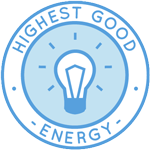

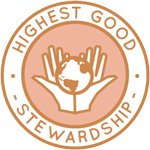

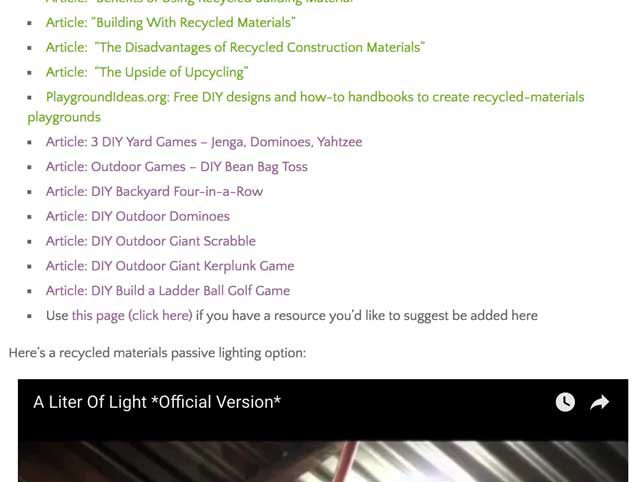
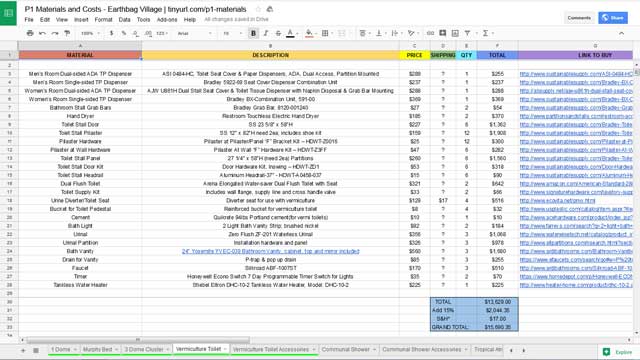

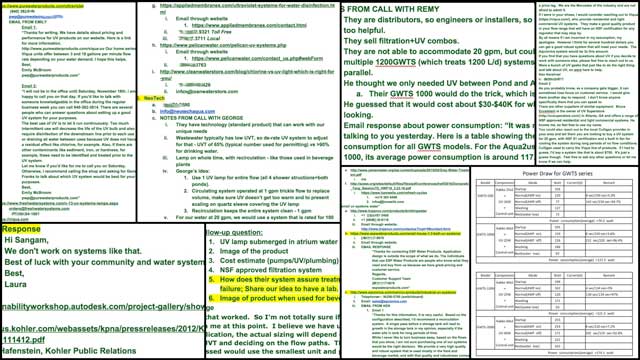
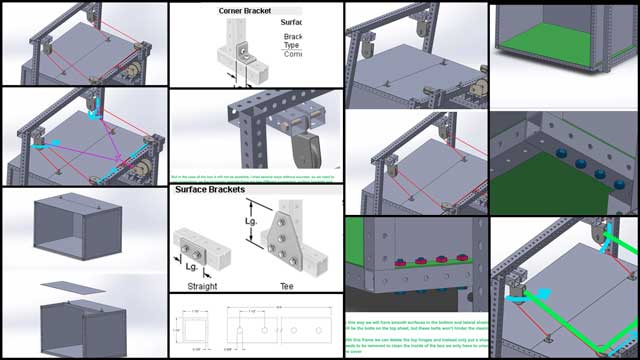
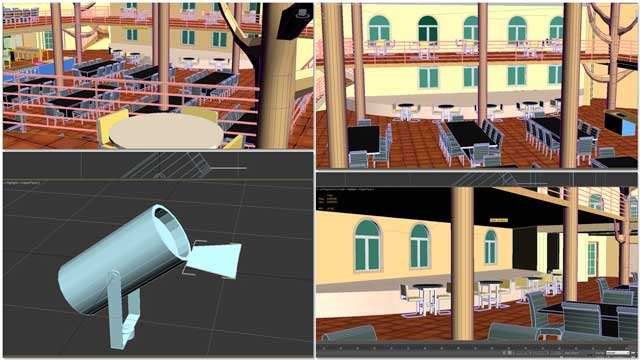

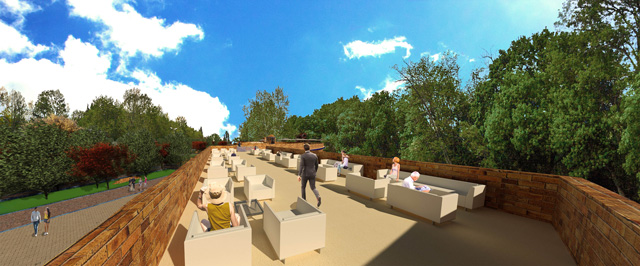
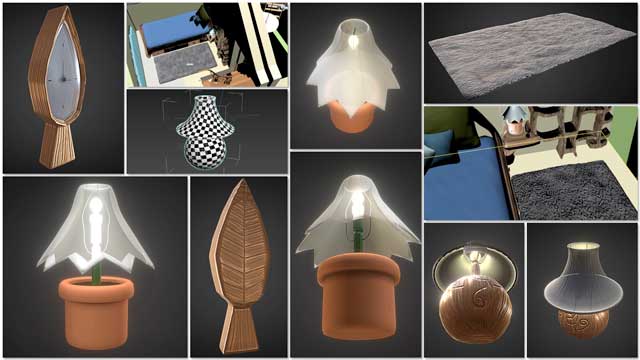
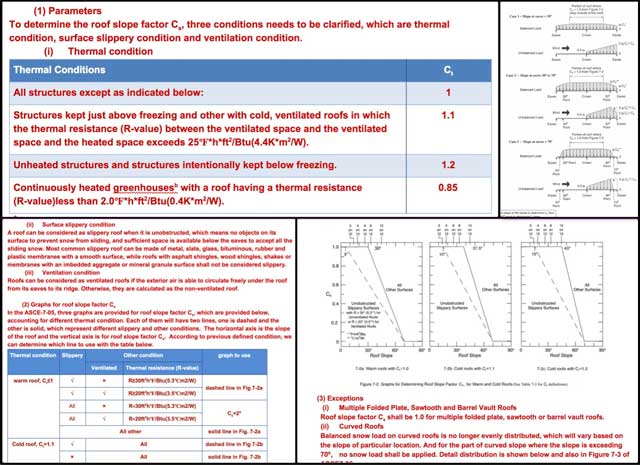
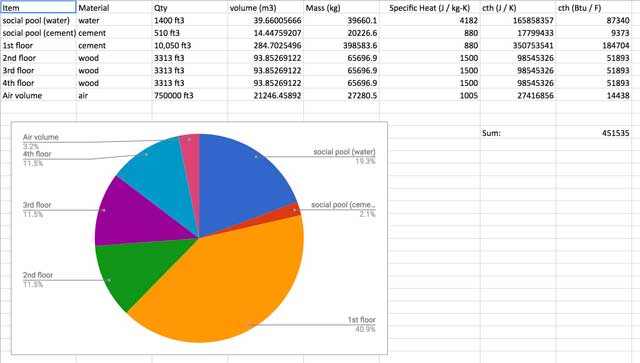
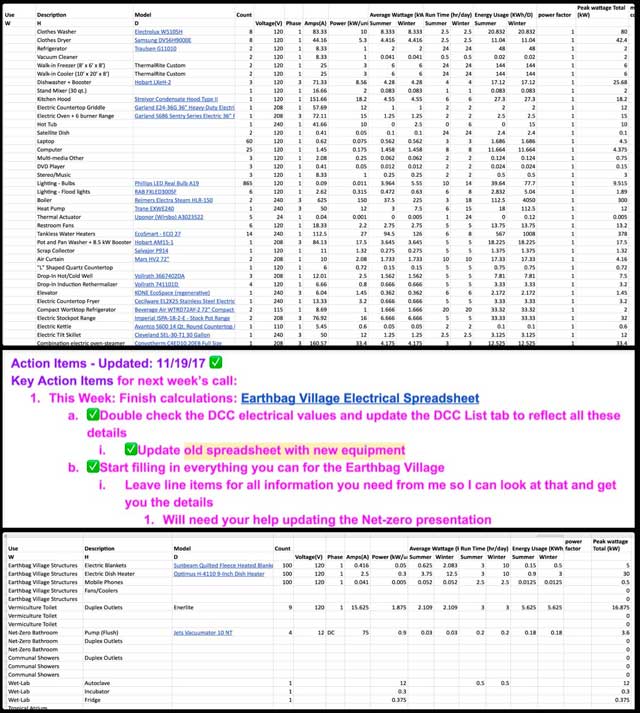

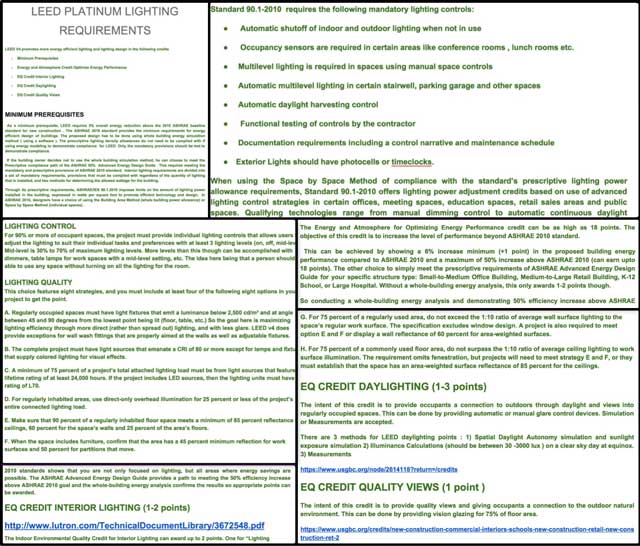

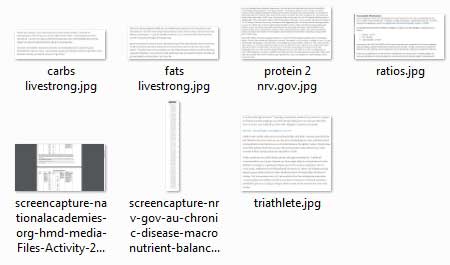


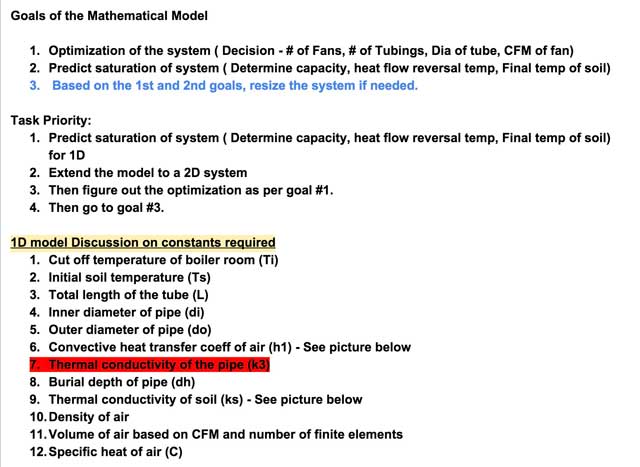
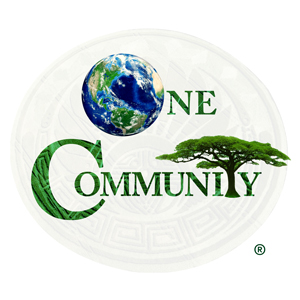


Connect with One Community